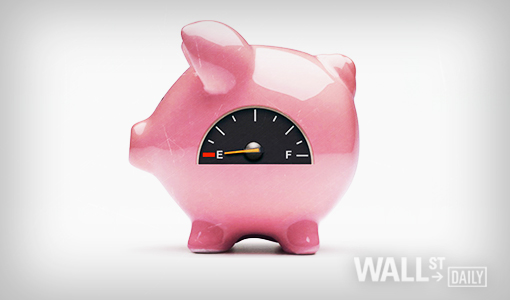
An ongoing Gallup poll shows more angst among people ages 30 to 49, than those younger and older, when it comes to financial matters, including retirement.
There’s a good reason for this.
Many in this age bracket are “sandwiched” between taking care of their children (including college expenses) and caring for an elderly parent.
Add in their own high lifestyle expectations – like a home, multiple cars, vacations – and you end up with a lot of debt and no savings for retirement.
But all is not lost. When it comes to retirement, you must start where you are.
The Cold, Hard Facts
A survey conducted last year by Bankrate found that roughly one-third of Americans ages 30 to 49 hadn’t even started to save for retirement.
That really isn’t surprising. When I gave investment advice professionally, I found that the concept of paying yourself over the long term through saving and investing was tough for many people to grasp, even though it’s a simple concept.
For example, if you invest $200 a week for 20 years and get an 8% annual return, you’ll have about $500,000 at the end of the 20 years.
But in our instant gratification society, many clients wanted to pay themselves immediately with a trip to Disney World instead.
The endpoint of such short-term thinking is not a pleasant place. It’s a place where you work until you drop and hope Social Security is still solvent.
The truth is thus: If you want to live the lifestyle that you’ve become accustomed to, you’ll need to replace 75% to 85% of your pre-retirement income with retirement income, including Social Security.
That means you’ll need to have saved, at minimum, eight times your ending salary before retiring. A nest egg like that requires some hard choices and careful financial planning.
Playing Catch-Up
Here are some suggestions based on my years of experience of working with retail clients who started to plan for retirement in their middle years.














Leave A Comment